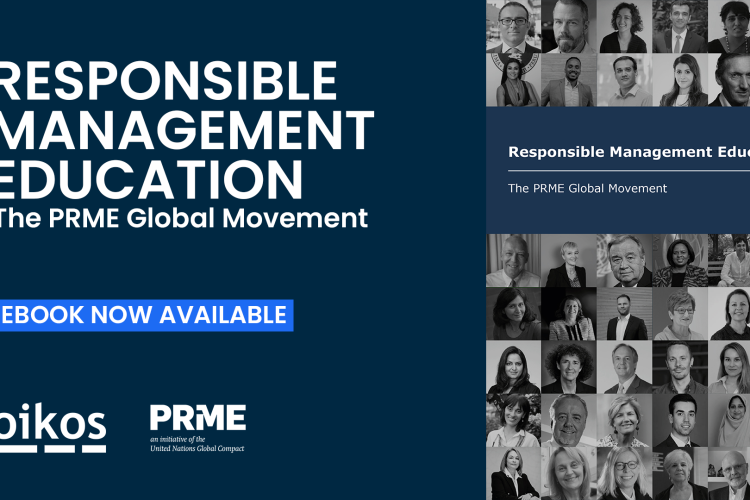Abstract
Walmart the largest company in the world by revenues as of 2014, operated on the philosophy of providing its consumers products at the lowest possible price. To achieve this, it procured goods from various parts of the world. The clothes were mostly procured from Bangladesh. Walmart and other global retailers were attracted to Bangladesh due to cheap labor and low production costs. They usually outsourced their production to some of the factories in the country. At that time they ensured that the producer and the factory complied with laws and have other facilities in place for workers, pertaining to timings, leave, overtime, etc.
But not all the production was carried out in these factories. Due to tough deadlines set by the retailers, the factories usually outsourced a part of their work to subcontractors, who, in turn, subcontracted to small Tier 3 factories. These factories located in dingy by lanes of the industrial areas in and around Dhaka, capital of Bangladesh, did not have basic facilities for the workers, and lacked safety measures.
The Readymade garment industry in Bangladesh witnessed several accidents, but these did not draw the attention of the administration or the global retailers. But two accidents, one in 2012 (factory fire at Tazreen) and the other in 2013 (collapse of Rana Plaza building, which housed several factories), that killed more than 1200 workers, and left several more injured and handicapped, brought the attention of the global community to the prevailing working conditions in the Bangladesh sweatshops. At the same time, global retailers like Walmart which sourced from these places came under severe criticism.
Walmart, which boasted of being a responsible company, took several initiatives to reduce its impact on environment and also source goods ethically. When it came to Bangladesh, though there was evidence that clothes were being made for Walmart at the factories where the accidents occurred, it refused to take any responsibility, stating that the subcontracts were given without its knowledge.
Some of the experts said that it was the government’s responsibility to ensure minimum wages, good working conditions and safety for their citizens. The garment industry of Bangladesh helped the economy and contributed to the GDP growth in the country. It also provided employment to scores of unemployed women and empowered them, in a male dominated society.
The case talks about the garment industry in Bangladesh, the role of global retailers in the development of the industry, its impact on the economy, and the roles and responsibilities of global corporations like Walmart in a developing economy like Bangladesh. It also discusses the challenges organizations face in balancing demand for sustainability with consumers demand for low cost and high quality, and shareholders demands for higher profits.
[table id=113 /]



